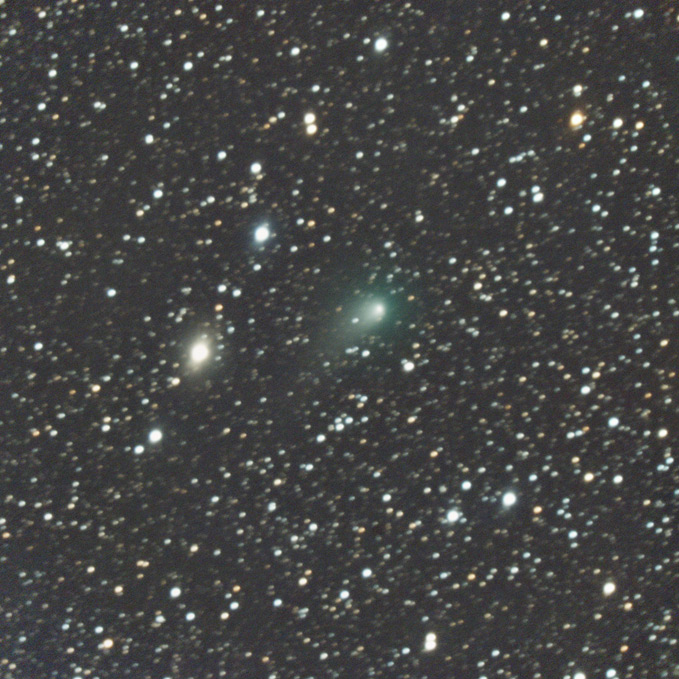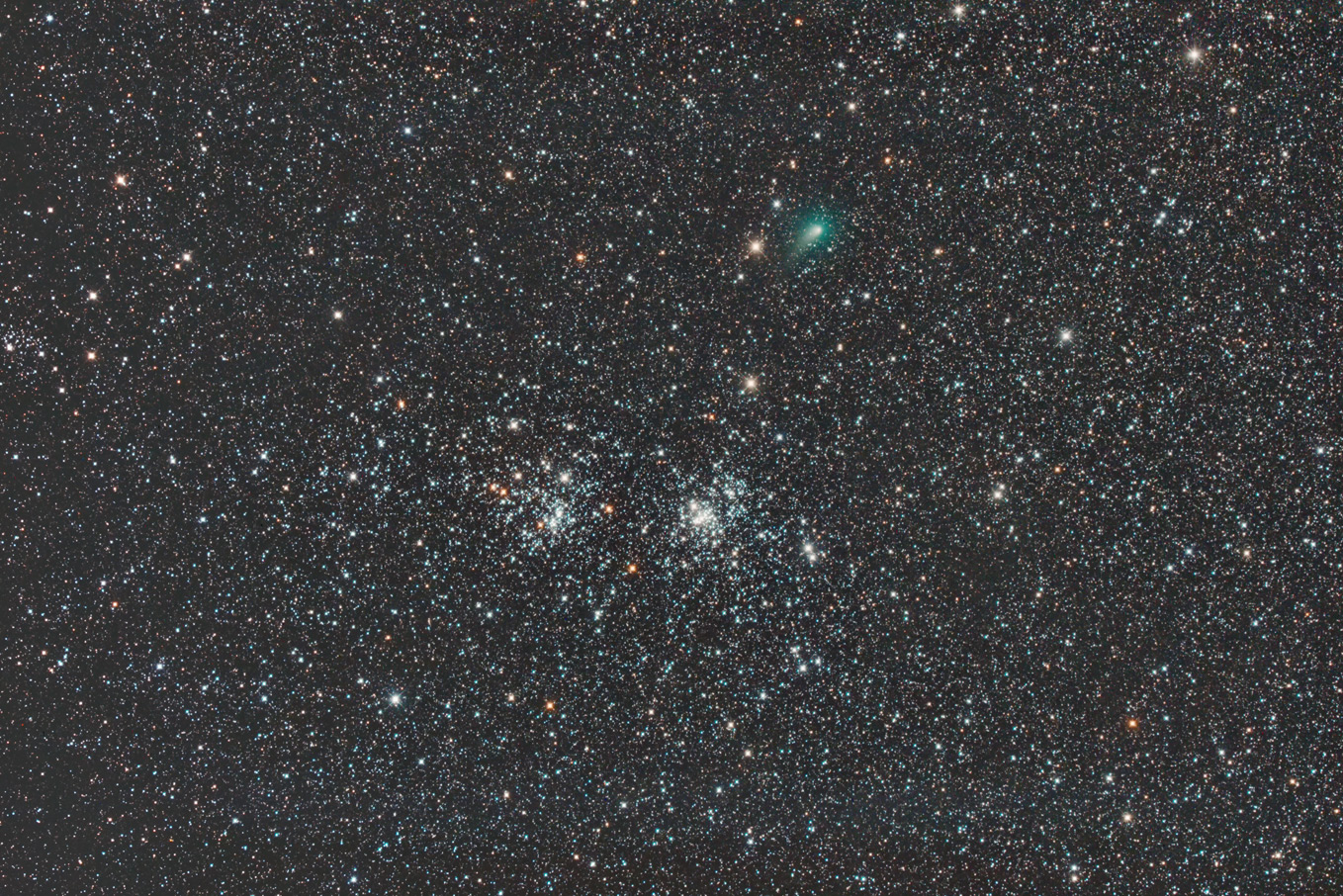
 |
| Date & Time: | Jan 31 2020, from 23:03 to 23:40 JST(+0900) |
| Composed 10 shots with 4 minutes exposed | |
| Optical: | Meade 25cm(10") Schmidt-Cassegrain with conversion lens (f=1600mm, F6.3) |
| with BaaderPlanetarium Moon&Skyglow filter | |
| Auto-guided with Meade LX200 Equatorial & Lacerta M-GEN | |
| Digital Camera: | Nikon D810A |
| Location: | Ooizumi, Hokuto city, Yamanashi pref. |
| Camera Settings: | Recording Format...14bit CCD-RAW, converted to 16bit TIFF(4080×4080) |
| Device Size...20×20mm | |
| Sensitivity...ISO4000, White Balance...Daylight |
 |
| Date & Time: | Jan 31 2020, from 23:41 to 24:04 JST(+0900) |
| Composed 12 shots with 4 minutes exposed | |
| Optical: | TAKAHASHI 16cm(6.3") epsilon (f=530mm, F3.3) |
| with IDAS LPS-D1 Light-pollution suppression filter | |
| Auto-guided with TAKAHASHI JP Equatorial & SBIG STV | |
| Digital Camera: | Canon EOS 6D (Remodeled) |
| Location: | Ooizumi, Hokuto city, Yamanashi pref. |
| Camera Settings: | Recording Format...14bit CCD-RAW, converted to 16bit TIFF(5472×3648) |
| Device Size...36×24mm, Sensitivity...ISO1600 |
 2017T2 PanSTARRS on Feb 23, 2020 |
 2017T2 PanSTARRS on Jan 2, 2020 |
 |
 |
Copyright(c) 2020 by Naoyuki Kurita, All rights reserved. |
| To top page | To Comets&Meteors index |